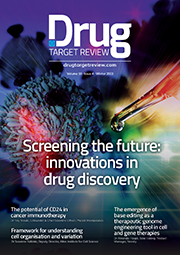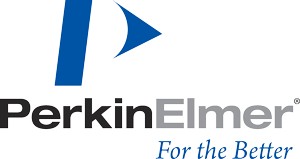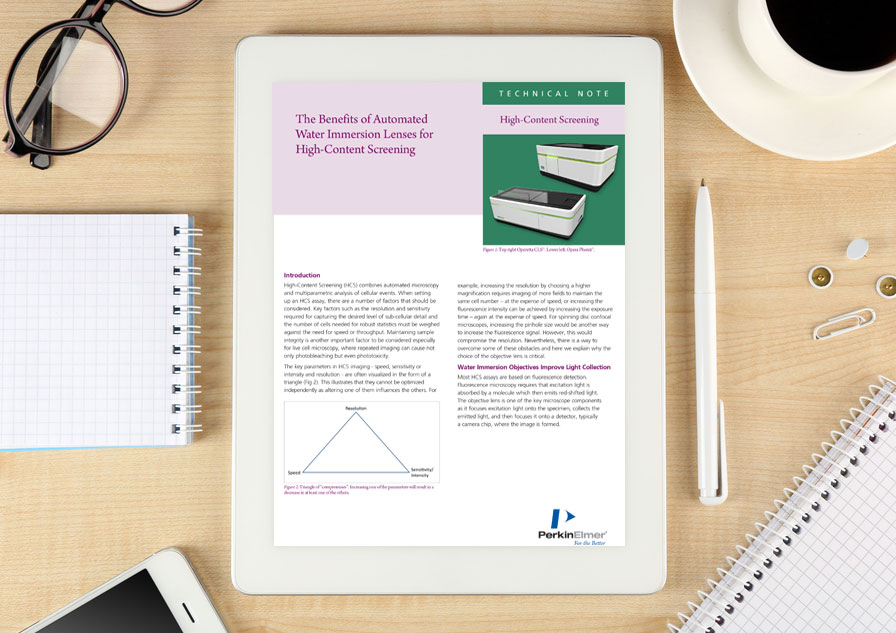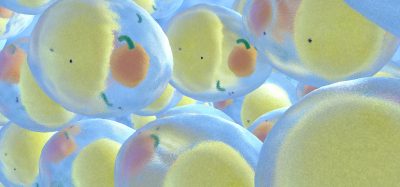Tech note: Benefits of water immersion lenses for HCS
Posted: 23 January 2018 | PerkinElmer | No comments yet
Water immersion lenses provide: brighter images from HCS samples; faster and gentler imaging; higher quality images from both 2D and 3D samples.
When setting up an HCS assay, factors such as the resolution and sensitivity required to capture the sub-cellular detail, and the number of cells needed for robust statistics, must be weighed up against the need for speed or throughput.
Balancing the key factors in HCS imaging – sensitivity, resolution and speed – can be challenging since they cannot be optimised independently: changing one impacts the others. Nevertheless, there is a way to overcome some of the obstacles and, in this technical note, we explain why the choice of the objective lens is critical.
Learn how water immersion objective lenses:
- can provide significantly brighter images from typical HCS samples compared to air objectives
- allow a tenfold decrease in excitation energies and consequently much faster and gentler imaging
- increase the resolution and decrease optical aberrations, providing higher quality images from both 2D and 3D samples
This tech note is restricted - login or subscribe free to access


Why subscribe? Join our growing community of thousands of industry professionals and gain access to:
- quarterly issues in print and/or digital format
- case studies, whitepapers, webinars and industry-leading content
- breaking news and features
- our extensive online archive of thousands of articles and years of past issues
- ...And it's all free!
Click here to Subscribe today Login here
Related content from this organisation
- Global high-content screening market set to be worth $2.52bn by 2030
- Assays for protein degradation therapeutics to accelerate undruggable proteome discoveries
- Lab automation market set to increase at CAGR of seven percent
- Brochure: Biologics workflow solutions brochure
- Brochure: Viral research solutions
Related topics
Assays, Cell-based assays, Drug Discovery Processes, Imaging, Screening, Translational Science
Related organisations
PerkinElmer









